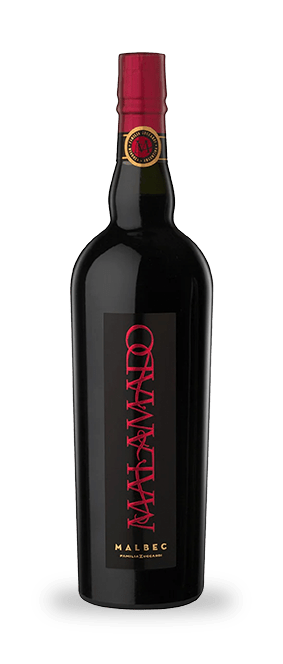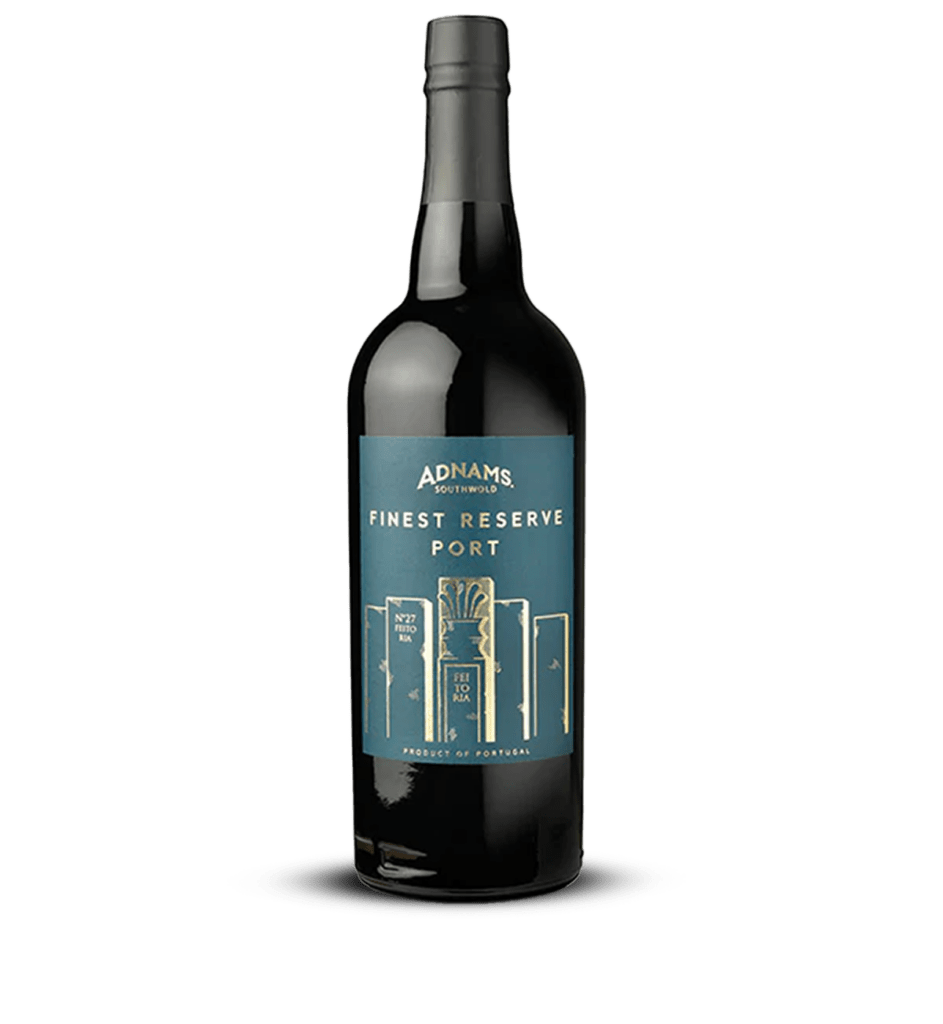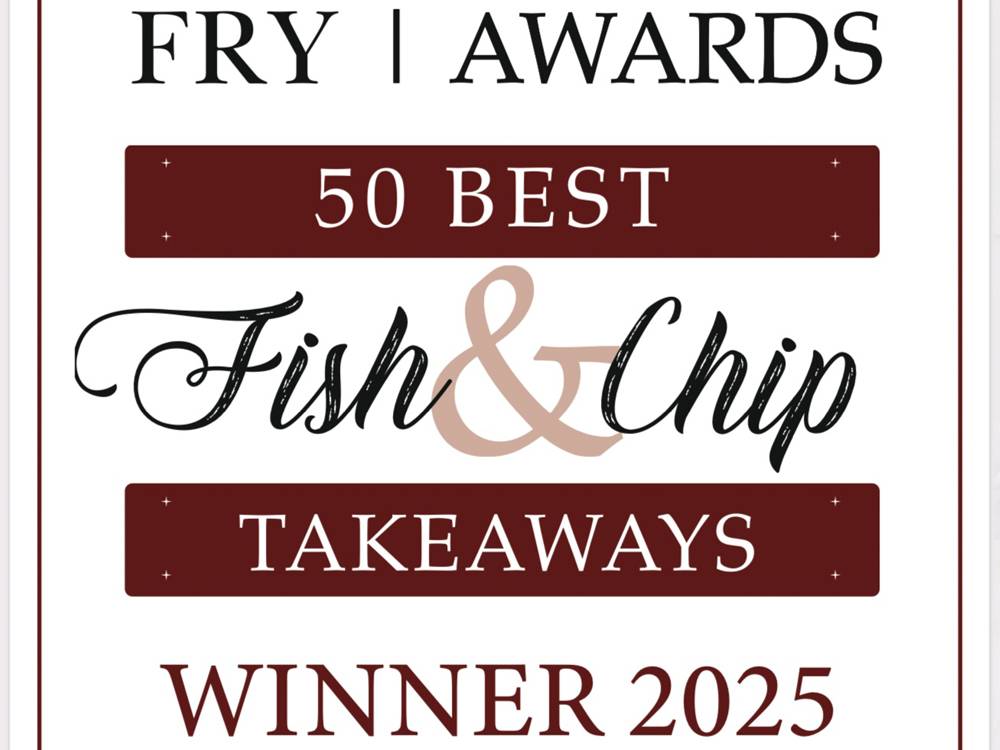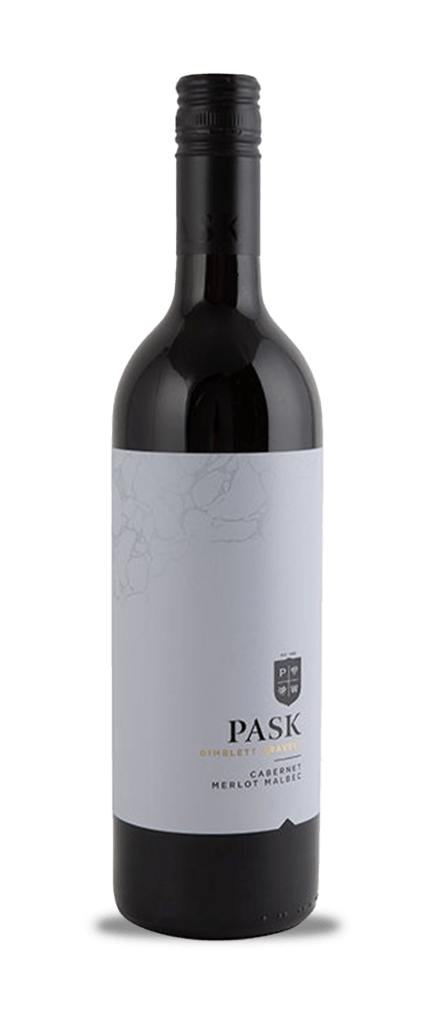Giles Luckett recommends the best fortified wines to enjoy this Christmas
“Deck the halls with boughs of holly, it’s Christmas, pass the Port and let’s get jolly.” OK, those lyrics didn’t make Thomas Oliphant’s final version, but its message of festive cheer still rings true.
Christmas and fortified wines go together like crackers and bad jokes, re-runs of Harry Potter films, and trips to the vet as the dog’s eaten another chocolate off the tree, or is that just us…? Anyway, if you’re considering indulging in some fortified wines this holiday season, the following are guaranteed to bring a warm smile to your lips.

I’ll start in the country which is widely regarded as the spiritual home of fortified wines… Argentina. Hmm, not sure that’s right, but I am sure that the Zuccardi Malamado Fortified Malbec NV (Taurus Wines £16.99) is a brilliant wine that will be on show at my house again this year. Inky purple, the nose is pure Malbec and offers plums, chocolate, a touch of peppermint and a lovely floral note. At first taste, you wouldn’t know the Malamado was fortified. There’s the rush of the blueberries, cherries, chocolate, and cassis you’d expect from a fine Malbec and it’s only as you get toward the warming finish that the delicate sweetness and power come through. I’ve had this on its own, with cheese, chocolate puddings, and roasted red meats and it’s worked splendidly with all of them.

Next, an example of the most underrated fine wine on Earth, a Madeira. Madeira has long had an image problem being seen as an old lady’s drink. Well, if that’s the case, call me Gertrude and take me to the day centre. This extraordinary wine ranges in style from bone to dry to sweet and offers complexity, versatility, and a wonderful moreishness as Blandy’s 5-Year-Old Reserva Madeira (Waitrose £15.99) shows. Packed with dried fruits bordered by citrus, caramel, and warm spices, with honeyed grapefruit to the smoky finish, it’s warming yet fresh, sweet but tangy, and goes wonderfully well either chilled as an aperitif or at room temperature with fruit, cheese or nuts.

Sherry is another massively underappreciated wine, especially when you get into the realms of fine wines like the Barbadillo Pastora Manzanilla Pasada (Flagship Wines £11.99). Crushed nuts, yellow fruits and savoury yeast on the nose are followed by a nutty, clean, dry palate offering hazelnut paste, camomile tea and creamy yeast flavours with red apples, pears, and apricots. Vibrant with a satisfying blend of fruitiness and savouriness, serve this chilled with pâte or salty hors d’oeuvres.

If you like your wines dark, rich, and heady, then try the Apostoles 30-Year-Old Palo Cortado from Gonzalez Byass (Majestic £29.99). This magnificent wine starts life as a pale, dry sherry, a Palo Cortado (think of a Fino sherry such as Tio Pepe but with a tan), but after three decades of ageing, it’s transformed into this unique, unctuous, and immensely complex delight. Christmas cake richness populates the nose with extra interest added by salted caramel and grapefruit. On the palate, it’s wonderfully soft and full, with dried brown fruits, spices, treacle and vintage marmalade all held to account by a dry finish and cleansing acidity. Savour this on its own or with fine white and blue cheeses.
I can’t talk about fortified wines and not mention a few Ports. For many, Port is the ultimate fortified wine, and with its range of styles from off-dry white Port to nutty oak-aged tawny Port, to the delightful bottle-aged vintage Ports, there’s a Port for every occasion. I’m a signed-up member of the ‘Port is for life, not just for Christmas’ society, but if you are looking for some Port for Christmas try one or two of these sensational sippers.

First up, a wine that’s liquid Christmas, the Adnams Finest Reserve Port (£15.99). This gloriously indulgent Port has a nose packed with dried black fruits, festive spices, and a herby/medicinal edge. Deep purple with a mouthcoating, luscious body, you’ll find everything from prunes to cloves, blackcurrant jam to fresh mint on show. As well as being delicious, this is also cracking value and makes for a fine aperitif or the perfect partner to puddings or the cheeseboard.

The Kopke Colheita 2001 (Secret Bottle Shop £46.95) offers a different take on Port. This wood Port was aged in barrel for many, many years, giving it a beautiful ruby robe and a bouquet combining cherries, almonds, raisins and coffee. In the mouth, it’s noticeably drier than the Adnams, with a fresher feel that delivers strawberry, citrus, sweet and sour cherries and nuts before the warming spirit comes in at the end bringing notes of coffee and almonds. Serve this stunner lightly chilled with roasted nuts, cheese or cold brown turkey.

As it’s Christmas I’ll finish with a couple of rare treats, in the shape of vintage Ports. Vintage Port – ones made from a single year’s harvest and aged in bottle rather than barrel – make up just 2% of Port production. The finest examples balance power with generosity, intensity with delicacy, and immediacy with an almost endless lifespan. This year, I’ll be decanting a couple of bottles of the Dow 1985 Vintage Port (MWH Wines £72). 1985 was an outstanding year for Port and the Dow 1985 is now drinking beautifully. Inky purple with a hint of tawny to the rim, the bouquet is a decadent mix of figs, prunes, chocolate, spices and herbs, with notes of mint and charcoal. Marvellously full-bodied and silkily textured, it offers black figs, damsons, blood oranges and cherries in a harmonious fashion. The finish brings minerals, drying tannins and the promise of even more to come. Pair this with berry-based puddings or full-flavoured cheeses.
If you’re looking to push the boat out, right out, so far out that you’ll need to take a ferry to get it back, then I recommend the Taylor’s 1955 (MWH Wine £480). Like ’85, ’55 was an exemplary year Port vintage and this being from Taylor’s, it’s had the power, extract, and fruit to age magnificently. I drank this last year, and it was in show-stopping form. Chocolate brown with just a hint of ruby at the rim, the bouquet was lively and intense, lifting notes of preserved figs, caramel, dark honey, cherries, raspberries, dried leaves, and mint to the rim of the glass. While it may be nigh-on 70 years old, it’s wearing well. Medium-bodied, it’s now a mosaic of dried fruits, candied peel, coffee, milk chocolate and apricots with a spicy, firm finish. An absolute tour-de-force, it’s still got time on its side. Savour this on its own for a memorable wine experience.
A quick note on buying old wines. Always buy from a specialist merchant that you can trust. Old wines, even robust ones like vintage Port or Madeira, need careful storage and handling if they are to show their best. MWH Wine, for example, is known in the trade as Port specialists and has been described by Jancis Robinson MW in the Financial Times as, ‘An excellent source of mature Ports’. So, if you’re thinking of treating yourself this Christmas or are looking for an anniversary wine for 2025, these guys or one of the other big name online merchants are the place to look.
Right, well I’ve got a fizz tasting to attend for my next column, so I’ll be away. More soon…
Giles







































